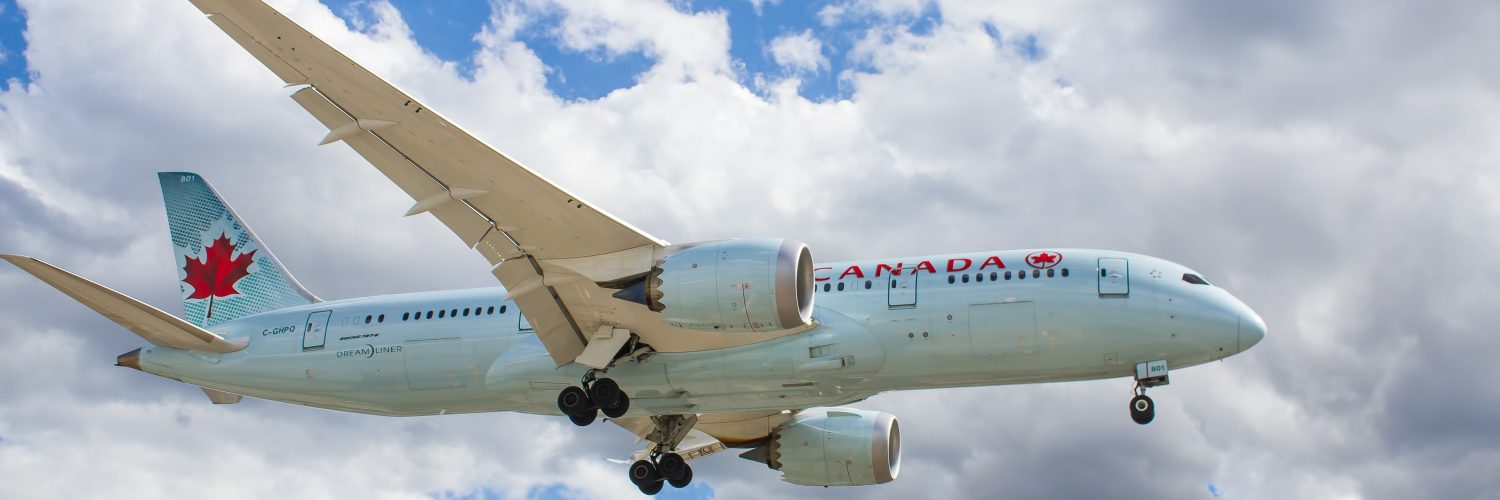Phoenix gets unbearably hot in the summer – that’s not news to anyone who has spent more than a week in the Valley of the Sun between June and September. With sweltering, 110-degree temperatures, people often look to out-of-state destinations for a hiatus from the heat. In fact, many leisure travelers eye destinations not just outside the state, but out of the country, as well.
The demand for global travel isn’t exclusive to Arizonans, either. According to the International Air Transportation Association, the percentage of global air traffic has increased every year since 2013. This year alone, global traffic increased by 4.3 percent in North America year-over-year.
Consequently, more and more people are clamoring for international flights. Compared to other large cities’ air hubs, Phoenix has a handful of overseas destinations, with direct landing spots in London, England and Frankfurt, Germany.
However, there is much more to adding international flights than one might imagine. In fact, the presence of business travelers drives most of an airline’s decision-making, as these fliers provide the most consistent traffic.
“In reality, airlines are 100 percent for-profit businesses, so they make their decisions about where to fly based on where they’ll make the most money,” explains Deborah Ostreicher, Phoenix Sky Harbor aviation director. “When we’re competing for an airline to come and serve Phoenix, Arizona with an aircraft, that aircraft is in demand by cities, depending on the airline, potentially all over the world. So, we’re not just competing with Las Vegas or San Diego; we’re potentially competing with Barcelona and Tel Aviv and Abu Dhabi and everywhere else. And the airline is always weighing their decision about where people will pay the most for the ticket and fill the flight.”
Ostreicher explains that travelers who pay business and first-class fares are the “bread and butter” of the airline’s decision to add an overseas flight. Without 100 or more people buying a business class ticket to an overseas destination, the airline isn’t willing to invest in an additional flight.
For example, because Phoenix had over 500 daily travelers to Europe, British Airways established a direct Phoenix-to-Heathrow flight. From there, travelers can conveniently venture outwards to other Western European countries. However, a destination like Tokyo only receives 30 to 60 travelers out of Phoenix every day, making it a less attractive starting point for an airline.
“Even though we are one of the largest [cities] in the country, we don’t have the highest average income, and our per-capita income is lower than a lot of our domestic competition. So even though San Diego is a smaller city, people earn more there, and even though it’s a smaller city, they have more big-business that travels,” Ostreicher said. “So, people say, ‘Well we have all this high-tech business here,’ which is true, but the jobs that are in the high-tech business here are not necessarily overwhelmingly the jobs that travel overseas – they’re more manufacturing jobs, which are great! But we don’t have a constant flow of business people traveling back and forth between Tokyo for business.”
This creates a paradoxical situation for airlines and businesses, Ostreicher notes. How does a city get more internationally operated businesses without direct, international flights? And on the other hand, how does a city’s airport obtain a flight without enough business travelers? Ostreicher explains that once companies locate here, she and her team can reel in new overseas travel opportunities.
“Which comes first, the chicken or the egg? How do you get the business without the flight?” she says. “[Business leaders] will tell you that we’ve never lost a deal for a locate because we don’t have nonstop service; it’s nice to have, but it’s not a deal breaker. If we get the business and the traffic is there, the airline will come.”
With Arizona ranked as the seventh best state for businesses, this doesn’t seem out of reach. The more the city invests in businesses and the infrastructure to attract and support them, the more international flights citizens will have available.
Right now, Sky Harbor has 23 nonstop international destinations, but only two are transatlantic and none go to Asia or Oceania.
















Add comment